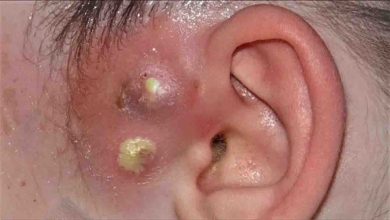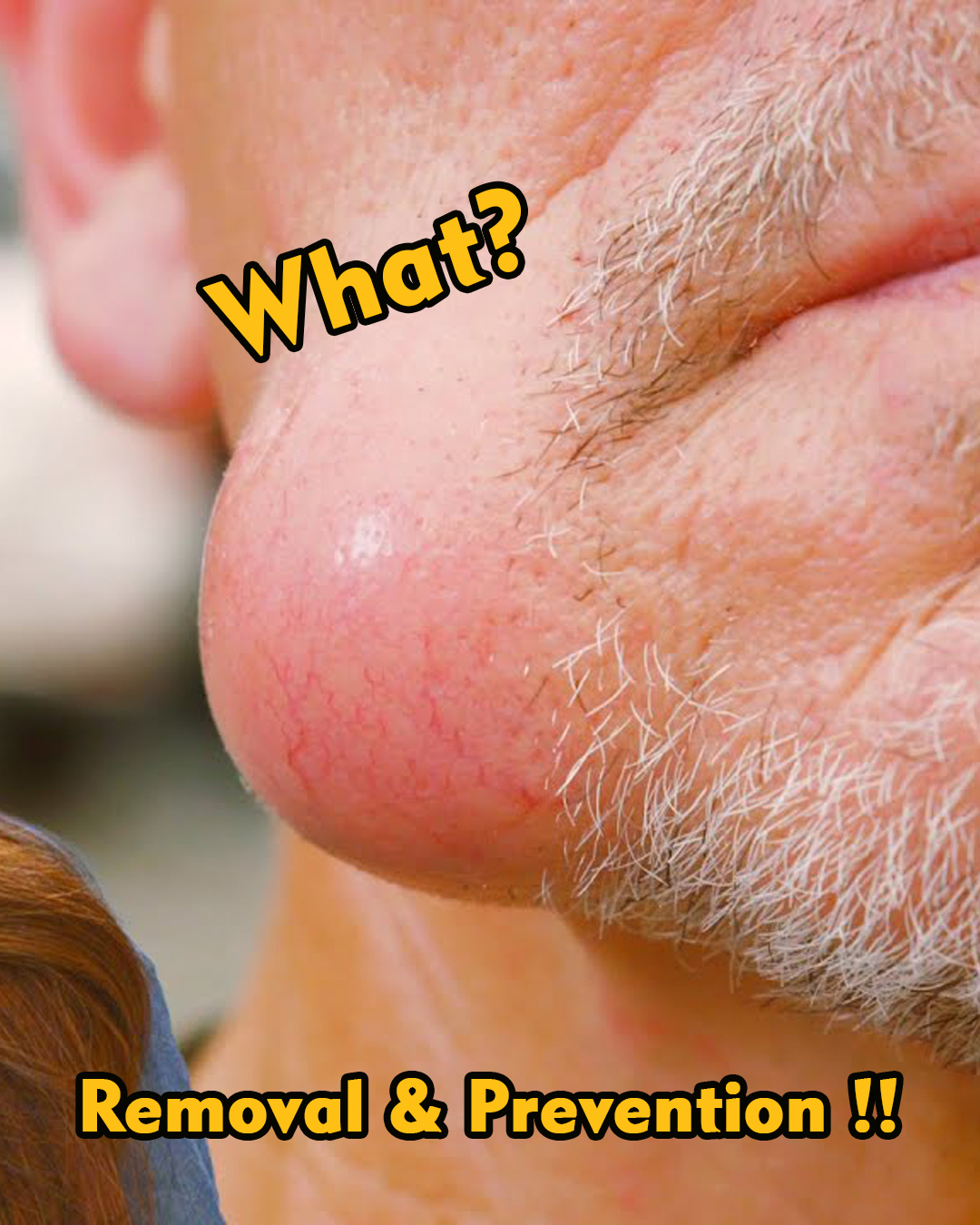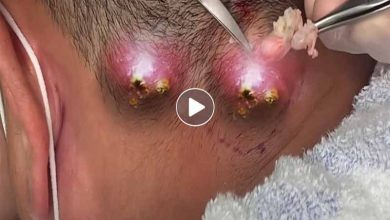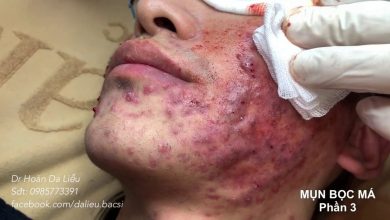Effective Tips for Preventing Cauliflower Ear: Protect Your Ears with These Simple Strategies
Cauliflower ear is a common condition in combat sports like wrestling, boxing, jiu-jitsu, and mixed martial arts (MMA), but it can happen to anyone who experiences repeated trauma to the ear. The condition occurs when blood collects between the cartilage and skin, leading to swelling and potential deformity if left untreated. While cauliflower ear might seem like a badge of honor for some athletes, preventing it is often the best approach to ensure long-term ear health.
In this article, we’ll discuss effective tips for preventing cauliflower ear, so you can protect your ears and avoid permanent damage.
1. Wear Protective Gear
One of the most straightforward and effective ways to prevent cauliflower ear is by using protective gear. In many combat sports, wearing ear guards or headgear is essential to avoid direct trauma to the ear.
- Wrestling Ear Guards: These specialized ear guards are designed to protect your ears from impact while offering a snug and comfortable fit. They cover both ears, providing protection from blows, friction, and pressure.
- BJJ and MMA Headgear: For practitioners of Brazilian Jiu-Jitsu (BJJ) or MMA, headgear with ear protection is available. These headgears are typically lightweight and can be worn during sparring or rolling sessions to help reduce the risk of trauma.
While wearing protective gear might seem like an added step, it can save you from dealing with the painful and potentially permanent effects of cauliflower ear.
2. Clean Your Ears Regularly
Keeping your ears clean and healthy is another preventive measure. When blood accumulates in the ear, it’s typically because of trauma that disrupts the small blood vessels in the ear. If you’re participating in a sport that increases the risk of cauliflower ear, regular ear maintenance can reduce the chance of infection or inflammation.
- Gentle Cleaning: After a practice or sparring session, gently wipe your ears with a clean cloth or tissue to remove any dirt, sweat, or buildup. Avoid inserting anything into the ear canal, as this can cause further irritation or injury.
- Moisturizing: Keeping your ears moisturized may also reduce friction and irritation. Apply a gentle, non-scented moisturizer to the outer ear after practices.
3. Address Ear Injuries Immediately
If you experience any trauma to the ear, whether from sparring or an accidental hit, addressing the injury as soon as possible is crucial to preventing cauliflower ear.
- Ice the Area: Apply an ice pack wrapped in a cloth to the affected ear immediately after injury to reduce swelling. Apply it in 15-minute intervals to prevent frostbite.
- Drain Fluid Promptly: If fluid starts to accumulate in your ear following an injury, it’s essential to drain it quickly. You can do this by using a sterile needle or seeking professional medical help. Delaying this process can lead to permanent cartilage damage and deformity.
- See a Doctor: For any significant trauma or if you notice swelling, it’s always a good idea to consult a doctor or medical professional. They may offer additional advice or treatments to ensure the injury doesn’t develop into cauliflower ear.
4. Avoid Direct Blows to the Ear
While it’s impossible to prevent every hit, you can reduce the risk of direct impacts to the ear. In grappling sports like jiu-jitsu and wrestling, try to maintain proper technique and posture to avoid unintentional collisions that might cause injury to the ears.
- Tuck Your Ears In: A simple but effective strategy is to keep your ears tucked in while grappling or sparring. This helps shield them from direct impact. Additionally, use your hands or arms to shield your ears when possible.
- Stay Aware of Your Surroundings: Whether you’re on the mat, in the ring, or on the field, always be mindful of your position relative to your opponent. Avoid getting caught in compromising positions that increase the chance of ear trauma.
5. Consider Preventative Taping
Some athletes use a technique called preventative taping, where they wrap the ears to protect them from friction and direct trauma. While not as popular as wearing ear guards, taping the ears may help protect them during high-intensity sparring or rolling sessions.
- Proper Technique: Learn the correct method of taping your ears to prevent discomfort and ensure that the tape doesn’t interfere with your movements. It’s important to use breathable, skin-friendly tape to avoid irritation.
- Temporary Solution: Taping is typically used as a temporary measure and may not provide as much protection as ear guards, but it can be helpful in high-contact situations.
6. Strengthen and Condition the Ears
Although this might sound unusual, conditioning your ears by regularly training your body to endure some of the stresses of combat sports can help minimize the risk of cauliflower ear. This can include gentle ear exercises to maintain flexibility and improve circulation in the ear.
- Light Pressure Application: Occasionally applying light pressure to the ears in a controlled manner can help increase circulation and reduce the likelihood of swelling when the ears are subjected to stress during a match.
- Massage: Gently massaging the ears after sparring or wrestling can help prevent fluid buildup and promote recovery.
Conclusion
Cauliflower ear might seem like a minor issue to some athletes, but the long-term effects on your ear health can be severe. Fortunately, preventing this condition is relatively straightforward with the right precautions. By wearing proper protective gear, addressing injuries immediately, and maintaining good ear hygiene, you can significantly reduce the risk of developing cauliflower ear.
Remember, when in doubt, seek professional medical advice. Taking care of your ears now will ensure that you continue to train, compete, and live without worry about permanent ear damage down the line.





